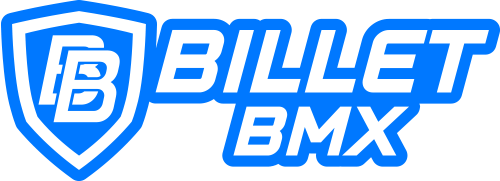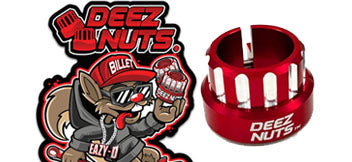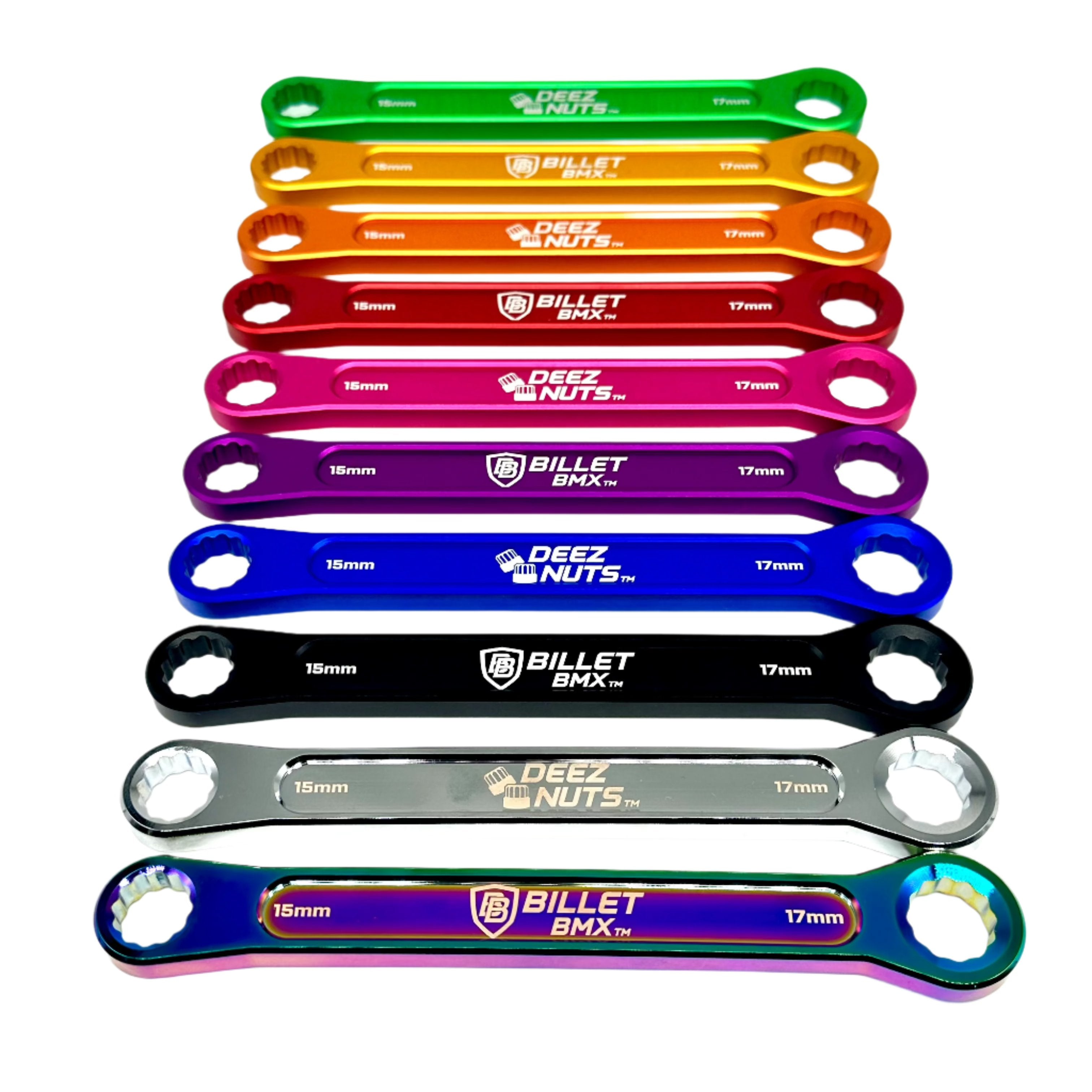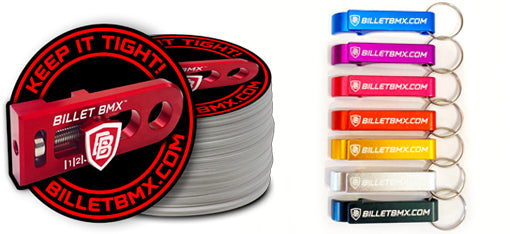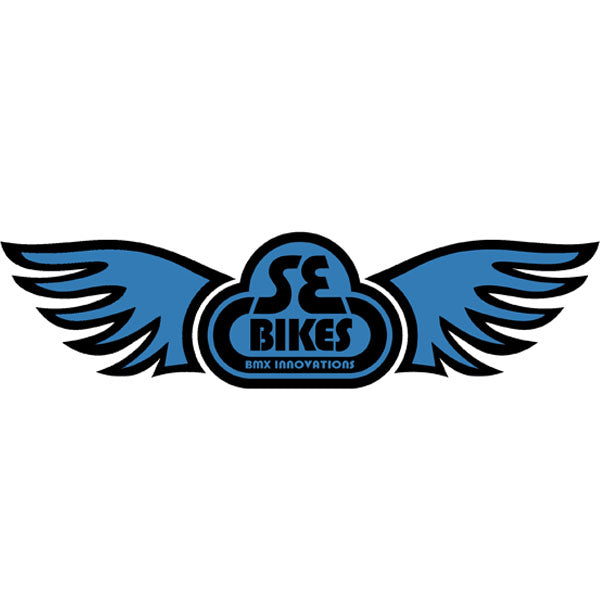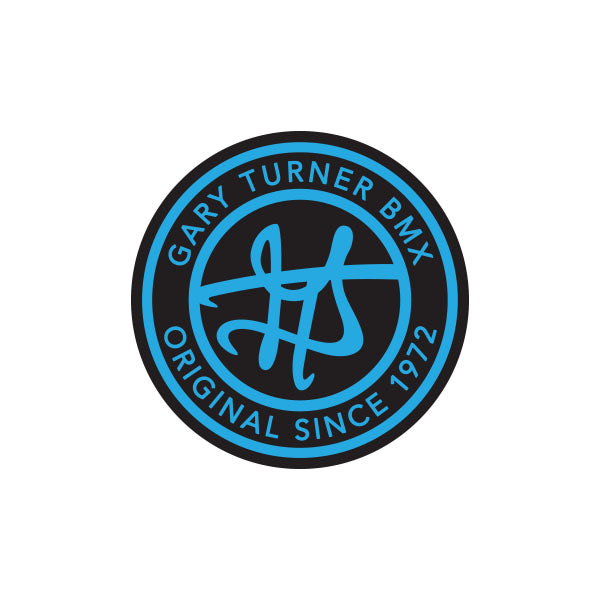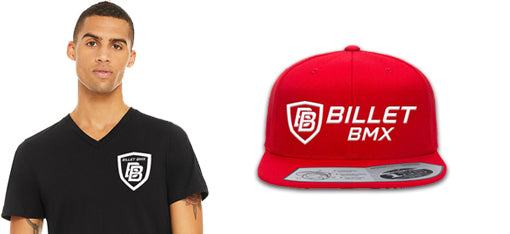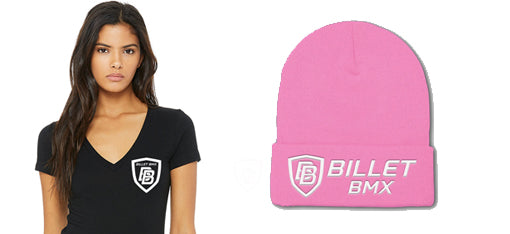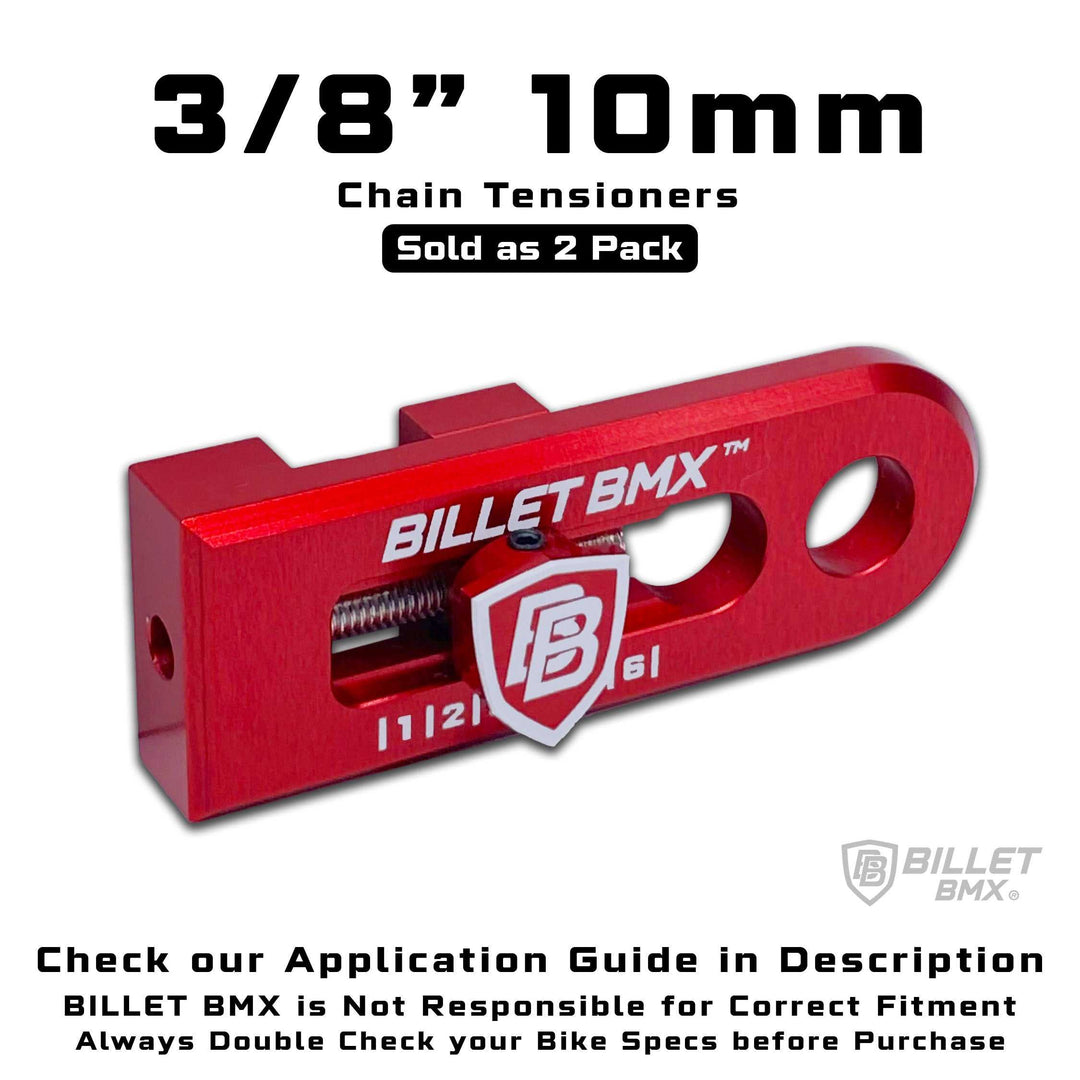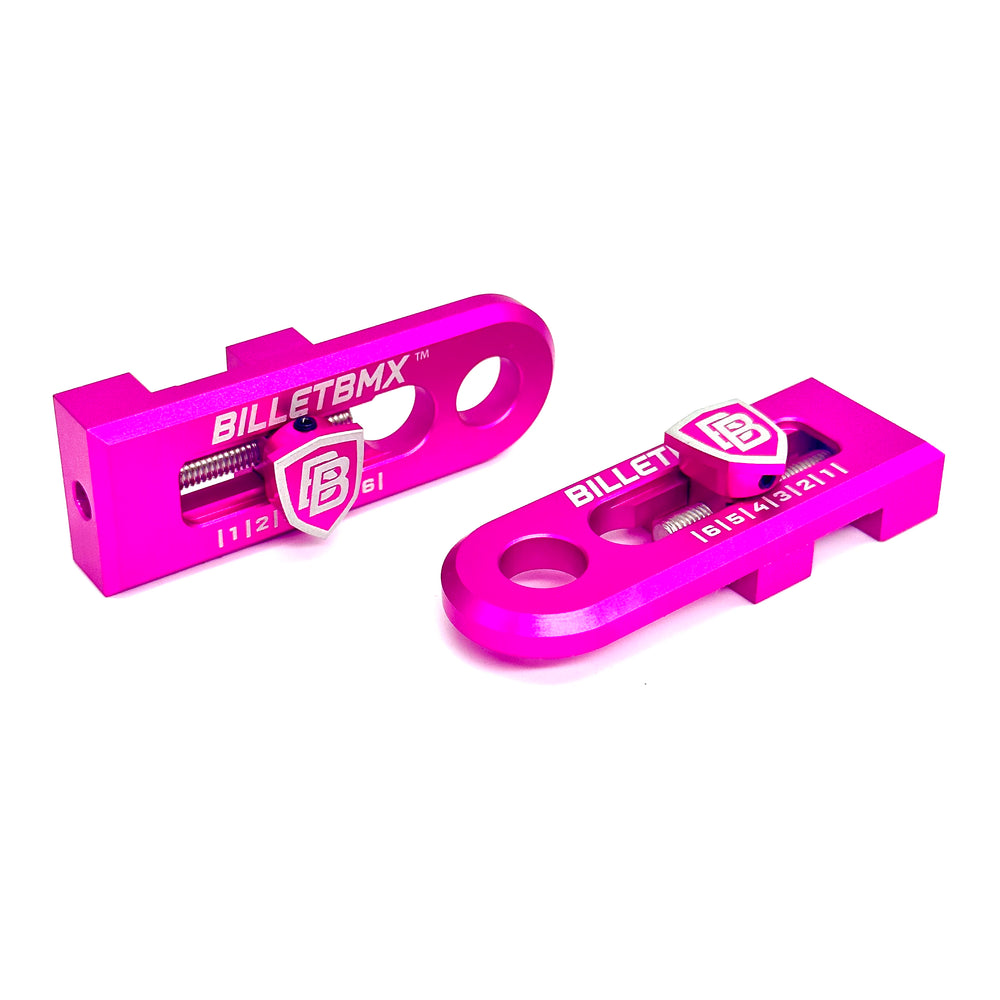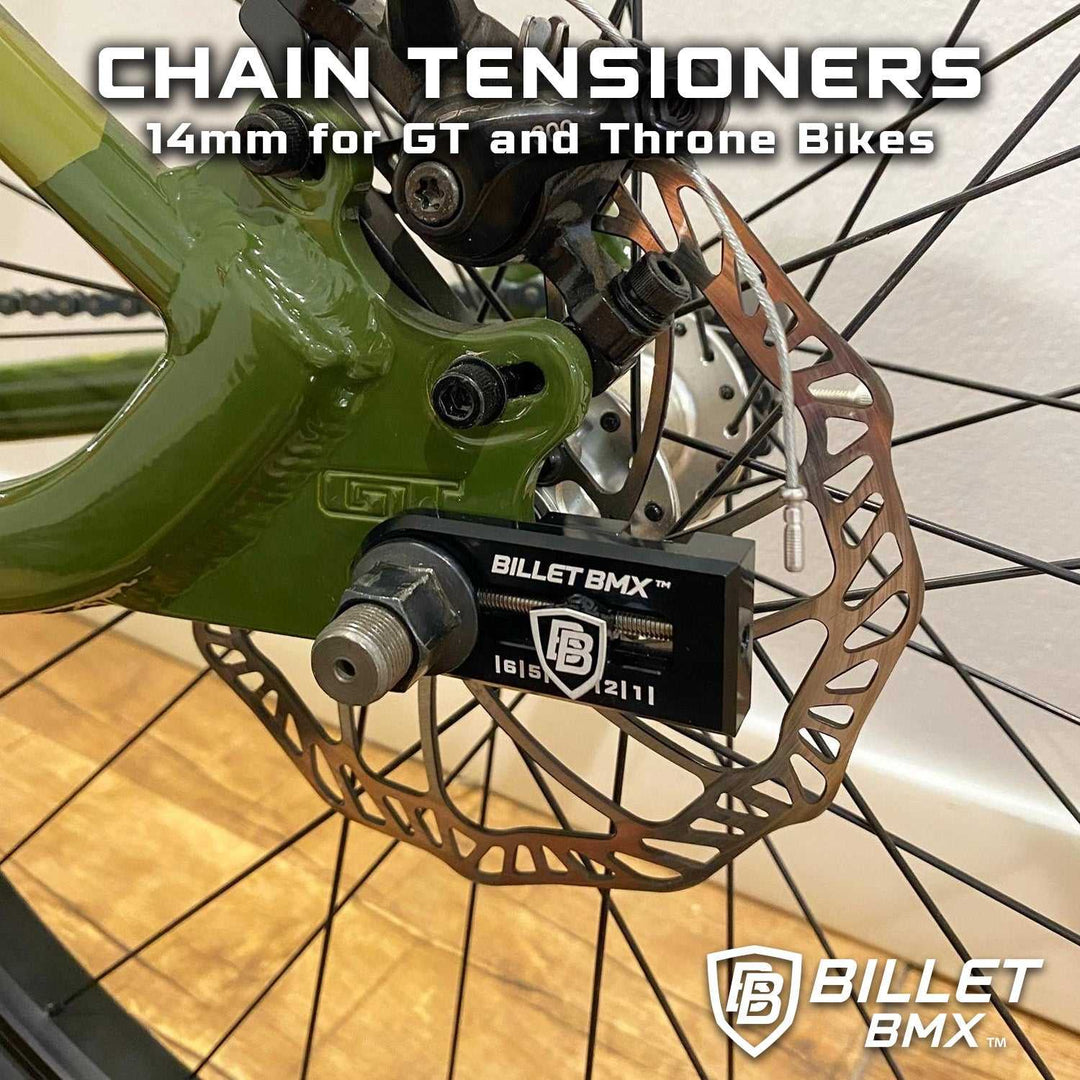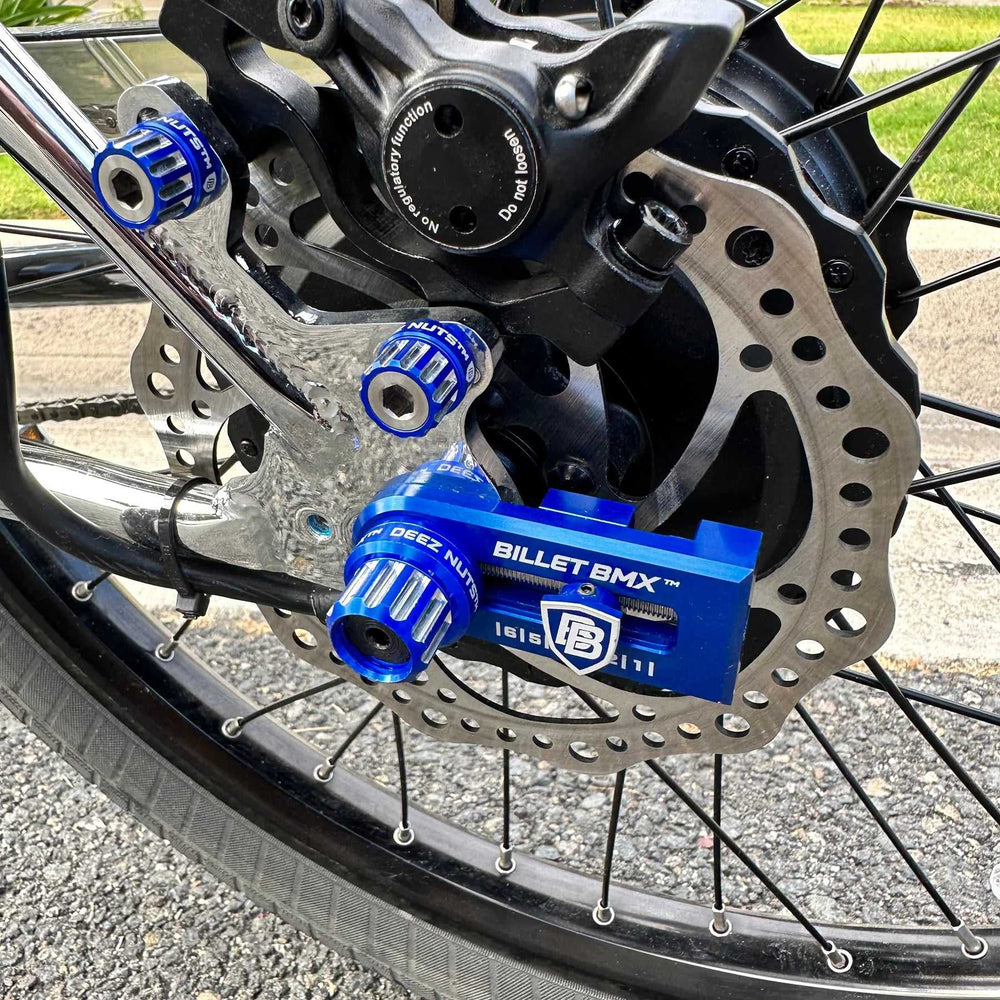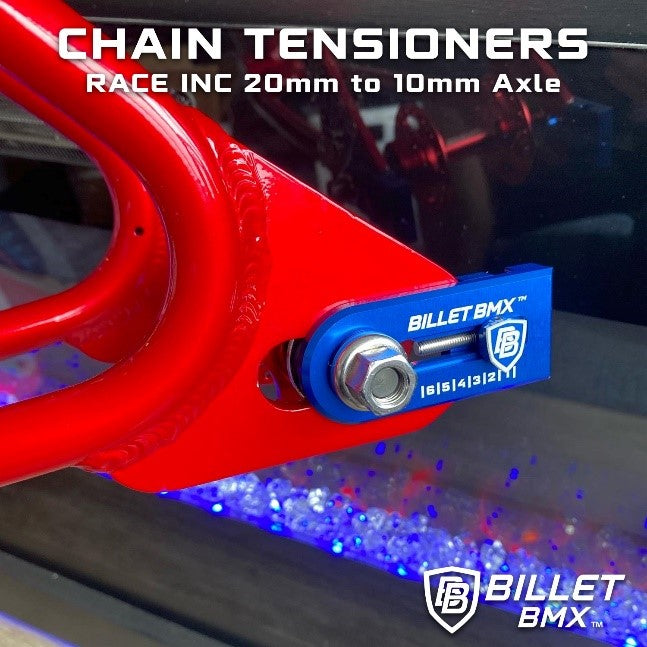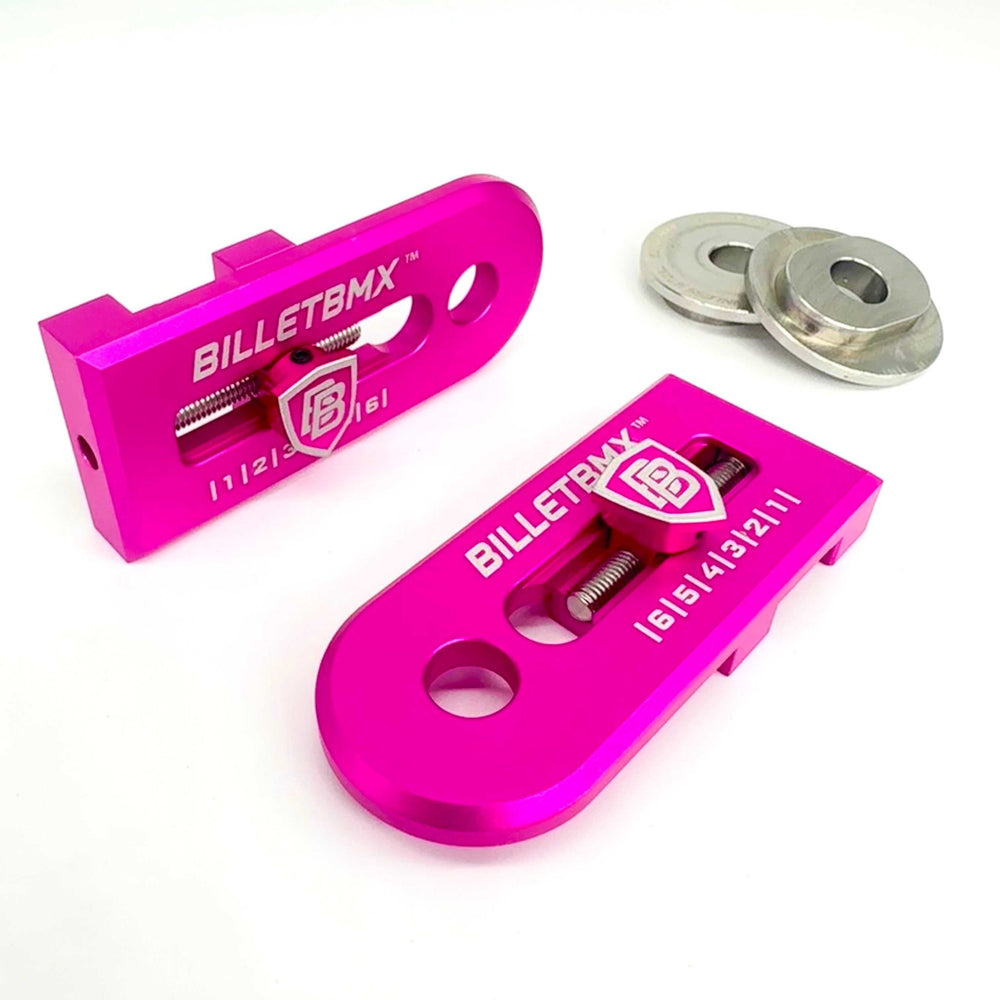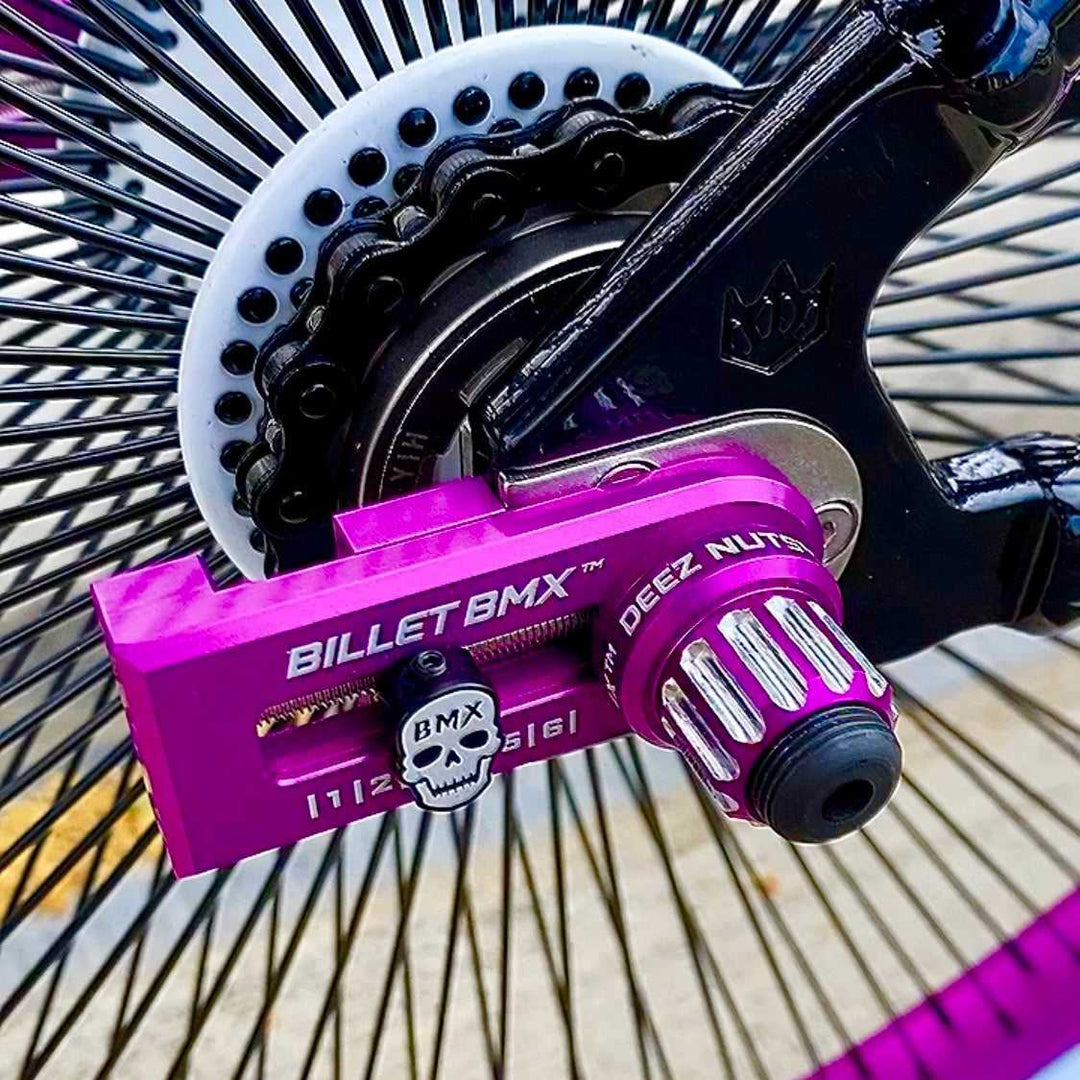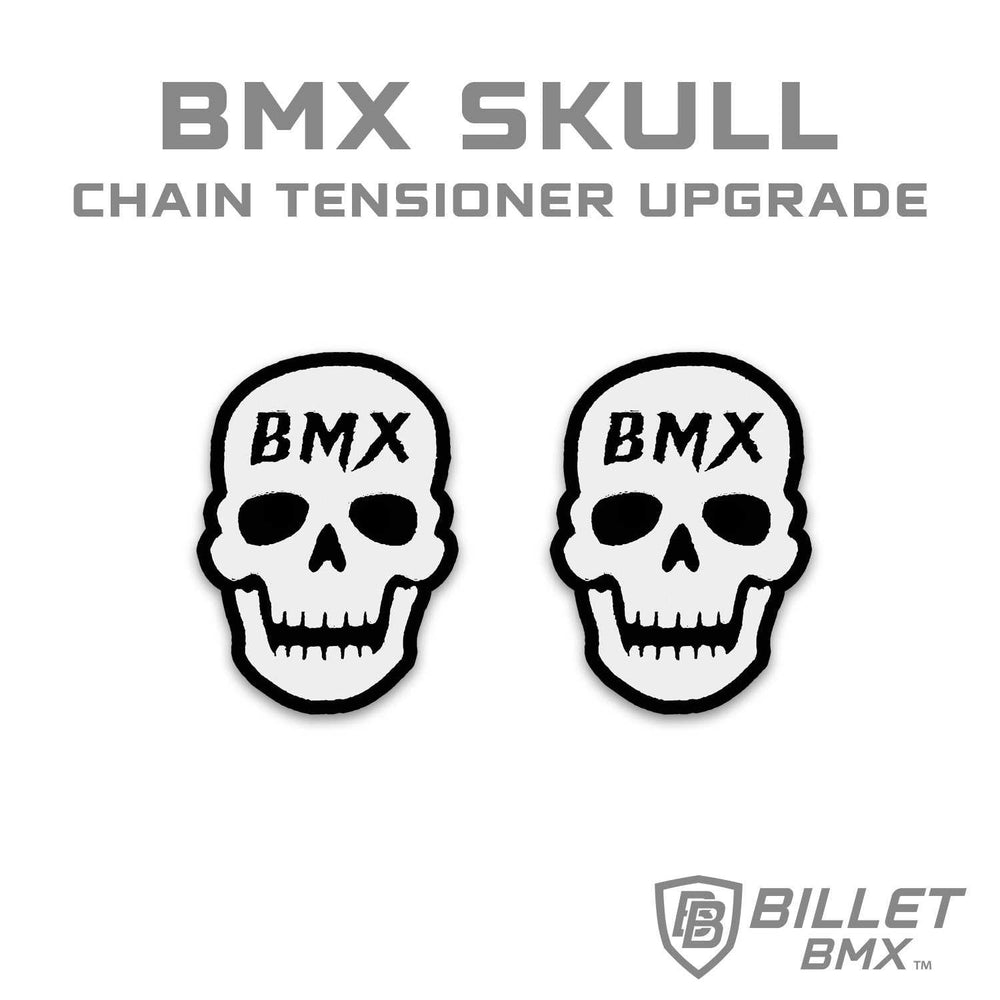How to Install and Adjust BMX Bars for Maximum Comfort

BMX bars play a crucial role in your riding experience, affecting control, comfort, and overall performance. Whether you're setting up new handlebars or fine-tuning your existing ones, proper installation and adjustment can make a significant difference. The right handlebar setup ensures that you have better stability, maneuverability, and reduces the risk of discomfort or injury. In this guide, we’ll walk you through the process of installing and adjusting BMX bars for maximum comfort, helping you achieve the best riding experience possible.
Choosing the Right BMX Bars
Before installation, selecting the right BMX bars is essential to match your riding style and needs. Consider factors like height, width, and sweep to ensure an optimal fit. Taller bars provide better leverage, making it easier to control the bike, especially during jumps and tricks. Wider bars offer improved stability, helping riders maintain balance while navigating different terrains. The right choice enhances comfort and control, ensuring a smoother and more enjoyable ride. It's also important to consider the material of the bars, as some are made from high-quality chromoly steel for durability, while others may be lightweight aluminum for speed and efficiency.
Step-by-Step Guide to Installing BMX Bars
1. Remove the Old Handlebars
If you’re replacing existing BMX bars, start by loosening the bolts on the stem clamp using the appropriate wrench. Carefully remove the old handlebars, ensuring not to damage any components such as the stem or grips. If the bolts are stuck due to rust or debris, applying a small amount of penetrating oil can help loosen them. Make sure to keep all removed bolts and washers in a safe place so they can be reused if necessary.
2. Apply Grease to the Stem
Before installing new BMX bars, apply a small amount of grease to the stem clamp area. This step is crucial as it prevents rust and ensures smooth adjustments in the future. The grease also helps in securing the handlebars properly by reducing friction, making it easier to fine-tune their positioning as needed.
3. Position the New BMX Bars
Place the new BMX bars onto the stem, making sure they are correctly aligned with the front wheel. A misaligned handlebar can negatively impact control and balance while riding. Take your time to center the bars before tightening them into place. Some riders prefer marking the center with a small piece of tape to ensure even alignment on both sides.
4. Tighten the Stem Bolts Evenly
Once the BMX handlebars are positioned correctly, gradually tighten the stem bolts in a crisscross pattern. This method evenly distributes pressure across the clamp, preventing misalignment and ensuring a secure fit. Over-tightening on one side can cause instability, so it's important to apply equal pressure to each bolt. Using a torque wrench can help ensure the bolts are tightened to the correct level without the risk of overtightening.
Adjusting BMX Bars for Maximum Comfort
1. Set the Handlebar Angle
The angle of your BMX bars affects wrist positioning, control, and overall comfort while riding. A slight forward tilt provides better leverage and control during tricks and jumps, while a more neutral position reduces strain on the wrists during long rides. Experiment with different angles to find what feels most natural for your hands and riding style.
2. Check the Bar Height
The height of your BMX bars greatly impacts your riding comfort and performance. Higher handlebars offer better control for street and park riding, as they allow for easier lifts and tricks. Lower bars, on the other hand, are more suitable for racing as they improve aerodynamics and reduce wind resistance. Adjusting your bar height to match your riding discipline will enhance your overall efficiency and control.
3. Test and Fine-Tune
After installation, take a short test ride to assess the comfort and control of your BMX bars. Pay attention to how your wrists, shoulders, and back feel while riding. If any discomfort arises, make minor adjustments to the angle and height until you achieve the ideal setup. Testing in different environments, such as skate parks, dirt tracks, or urban streets, can help determine the best configuration for your specific riding needs.
Conclusion
Installing and adjusting BMX bars correctly is essential for both comfort and performance. By selecting the right handlebars, using proper tools, and fine-tuning adjustments, you can enhance your riding experience significantly. Proper installation ensures better control, reduces strain on your wrists, and minimizes the risk of discomfort during extended rides. Whether you're a beginner or an experienced BMX rider, taking the time to properly set up your handlebars will improve both safety and enjoyment. For high-quality BMX Bars and accessories, explore options with Billet BMX and upgrade your ride today!
